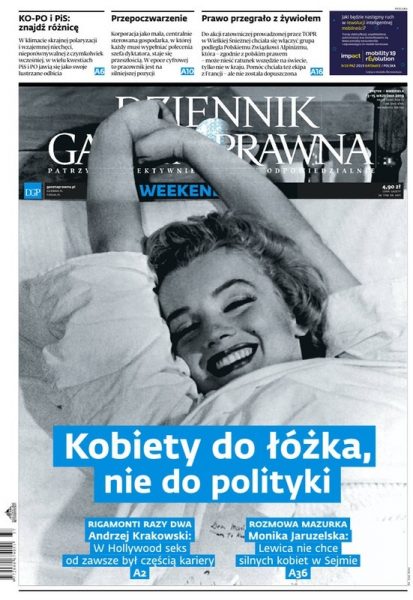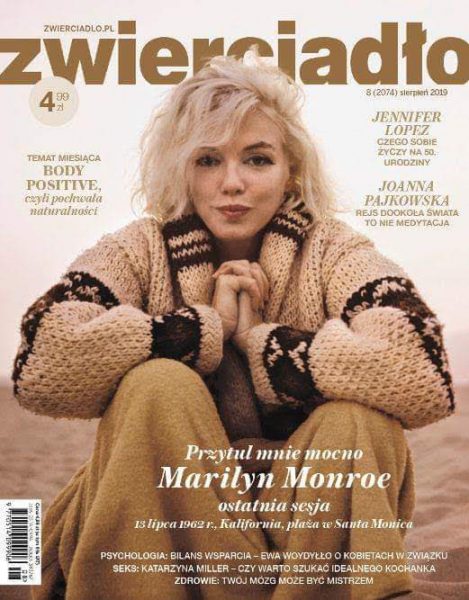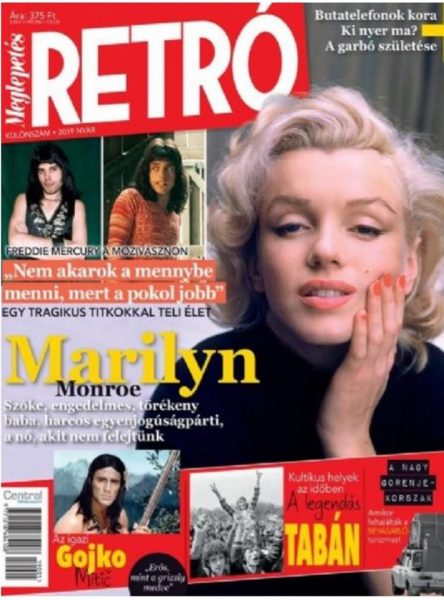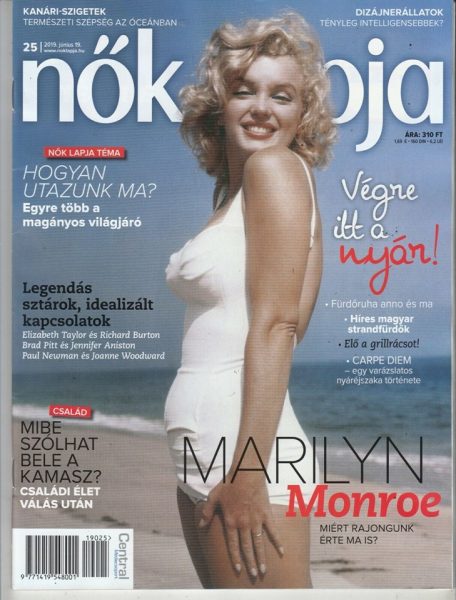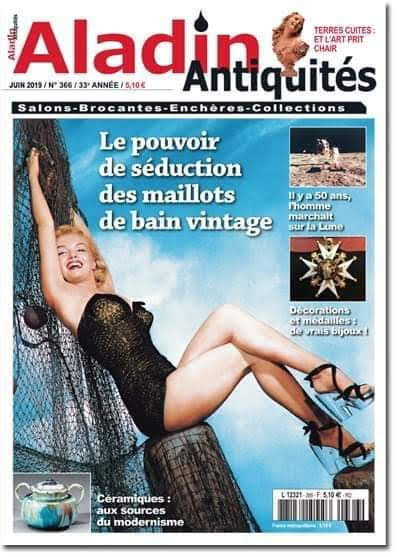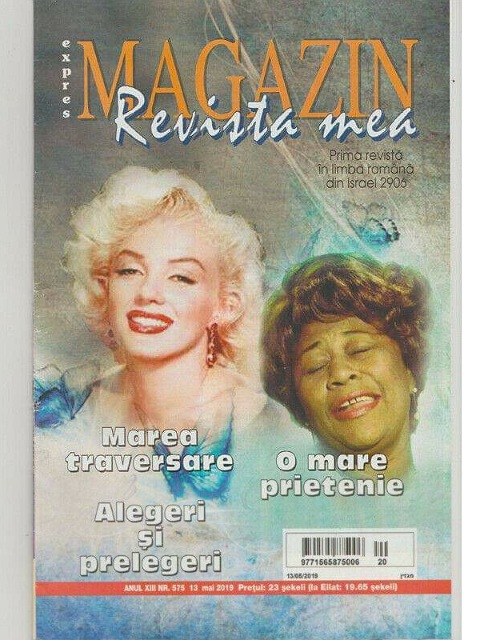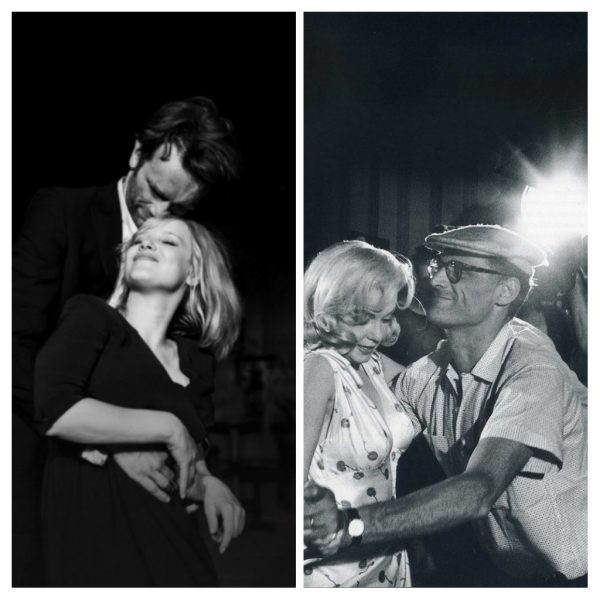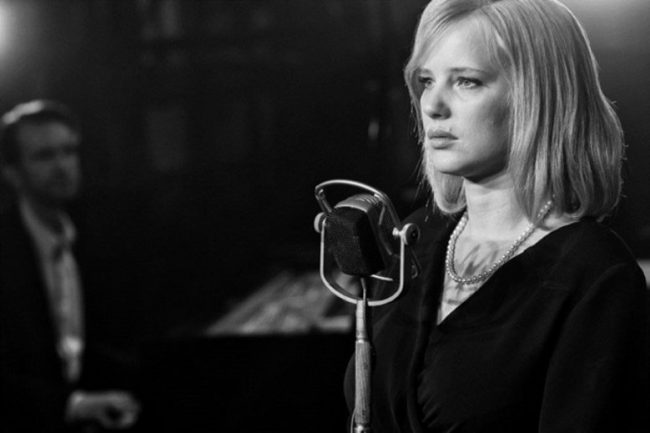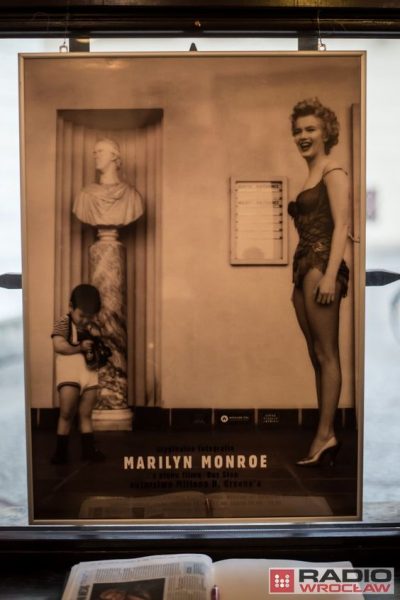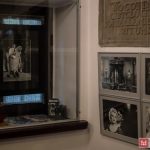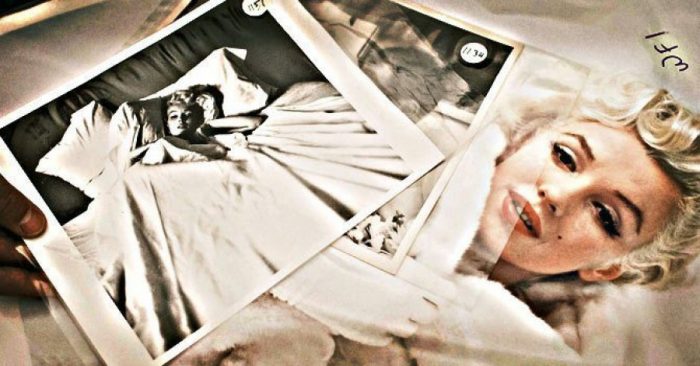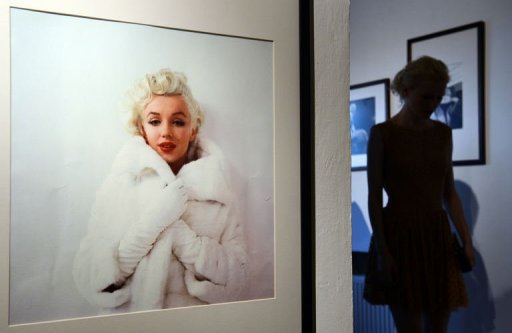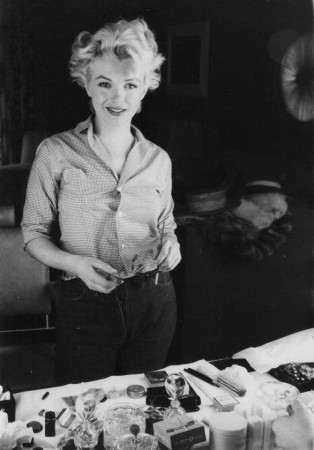The ongoing saga of Milton Greene’s missing Polish photo archive has taken another unexpected turn, reports the New York Times. A collection of 3,100 prints will be auctioned this Wednesday, June 25 – on condition that the archive stays in Poland, and that the buyer give all but 100 prints to a Polish museum. You can learn more about the auction here.
“This Wednesday, DESA Unicum in Warsaw will be auctioning 3,100 of Greene’s pictures of Marilyn Monroe and other celebrities. It is the largest — and final — lot to be offered since a successful offer of 403 prints in 2012.
‘It was the greatest auction in Polish history,’ said Julius Windorbski, the chairman of the auction house. ‘From a P.R. point of view and a financial point of view. There were over 650 bidders. The average bidding and final price compared to starting price was 10 to 15 times more.’
Understandably, Joshua Greene, one of the photographer’s sons, differs. Already upset over the 2012 auction, he was flabbergasted to learned that a much larger lot was to be auctioned this week. He said he was outraged that the collection was no longer in the family’s possession and that it was being mishandled. ‘They misidentified things,’ he said. ‘They did not know the difference between a modern day print and a vintage print.’
Before Mr. Greene died of cancer in August 1985, he had named as heir and co-executor Joanna Thorman, a 29-year-old model whom he had met five years prior, and one whom the family had gone so far as to bar from the hospital during his illness. After a two-year legal battle, the estate became the Milton Greene Trust, with Ms. Thorman as the trustee and the two sons the primary beneficiaries.
Greene left behind vintage prints, negatives, color transparencies — and a great deal of debt. To save the estate from bankruptcy, Ms. Thorman hired an acquaintance named Dino Matingas, a Chicago real estate investor and steel-company owner who later admitted to American Photo magazine that he knew nothing about photography. He agreed to acquire the Greene estate, ‘to get Joanna to stop bugging me about buying it,’ he told the magazine in 1993.
Mr. Matingas purchased it for $350,000 without looking at it. The problem is he bought the copyright to the images, too.
While all of this was going on, Mr. Matingas had been doing business with the Polish Foreign Debt Service Fund, known as FOZZ, secretly buying up foreign debt. According to an August 1992 Chicago Tribune report, the Polish government sued Mr. Matingas, claiming he had used 20 or more investment subsidiaries in business dealings that resulted in his being unable to account for $15.5 million in Polish funds. A spokesman for Poland’s Ministry of Finance said that when the government liquidated FOZZ, they tried to recover Mr. Matingas’s debt.
All Mr. Matingas formally owned at the time was a collection of 3,500 photographs, mostly of Marilyn Monroe.
Mr. Matingas could not be reached for comment. A call to a number that had once been linked to him was answered by someone who said he no longer lived there. Nor could Ms. Thorman be reached.
A bank acting on behalf of the Polish government took possession of the prints and held on to them until 2012, when they were brought to Warsaw. That fall, two auctions were held at the DESA Unicum, generating 2.4 million zlotys (about $750,000 then) from the event.
Joshua Greene who runs Archives LLC in Oregon, where he sells digitally restored prints of his father’s historical collections, said he was unaware of this week’s Warsaw auction. ‘If that is something you know about, I would love to know about it, too,’ he said.
He had already been hit hard last year, when 75,000 of his father’s celebrity negatives and slides, including 3,700 unpublished black-and-white and color negatives and transparencies of his Monroe archive were sold at auction — along with copyright — through a website called Profiles in History, in Los Angeles.
The seller, according to the auction house, was an anonymous American photography collector who purchased the archive about 10 years ago, and the images came with their copyrights from the Greene estate via the financial institution in Poland.
‘That was a nightmare that came back to haunt me and my family,’ Joshua Greene said.
Mr. Greene explained he had agreed to the transfer of the copyright to Polish officials 10 years ago because he wanted to end the dispute that had arisen from Mr. Matingas’s financial dealings.
This week’s auction in Poland is very different. ‘We are not selling negatives and we are not selling the copyrights,’ Mr. Windorbski said. ‘We are only selling vintage and licensed prints.’
And they will be sold with one strict condition.
‘We decided with the Ministries of Culture and of Finance that this has to go to a museum or a city that creates a museum that is made up of this collection,’ Mr. Windorbski said.
Whoever buys the collection can keep only 100 prints. The rest must end up in a museum. In Poland.
‘Milton Greene will probably have his own museum in Poland,’ Mr. Windorbski said. ‘It’s quite strange, but we’re very excited.'”
